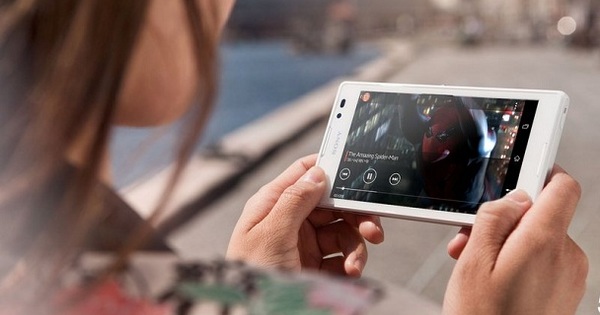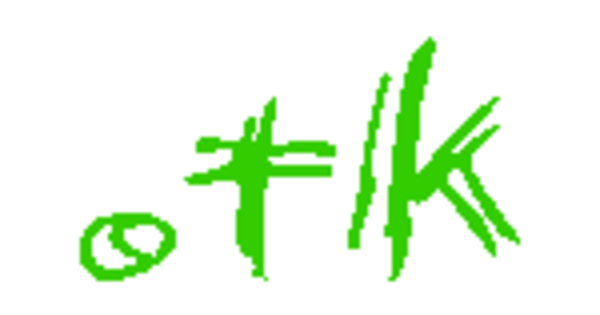At the end of October, Microsoft showed the Creators Update of Windows 10. It is striking that old-timer Paint is completely overhauled and is being prepared to make objects in 3D. But what if you just want a digital canvas for your flat creations? We compare different accessible Paint alternatives with each other.
 4 ways to resize your photos quickly and easily 30 November 2020 12:11
4 ways to resize your photos quickly and easily 30 November 2020 12:11  Create the best fit desktop wallpaper October 01, 2020 06:10
Create the best fit desktop wallpaper October 01, 2020 06:10  Photoshop Express: Free photo editing September 22, 2020 06:09
Photoshop Express: Free photo editing September 22, 2020 06:09
In late October, Microsoft announced the next update to Windows 10: the Windows Creators Update, which officially came out in April. As the name makes clear, this update is all about 'creators'. Specific: 3D model makers. That focus is reflected in the new Paint app that will be available at the same time as the Creators Update. It's called Paint 3D. In this new version of Paint, you can create and edit 3D models, as well as add realistic textures. Microsoft is also introducing the Remix 3D community where you can exchange your creations with others and bring in existing creations yourself. In the future it will also be possible to view your 3D creations with HoloLens or with VR glasses.
Simultaneously with the announcement of Paint 3D, Microsoft also released a new desktop computer. The Surface Studio is an all-in-one computer that looks great. Perhaps the most important part of this is the Surface Dial, a rotatable button that according to Microsoft is very useful while drawing.

Paint 3D
What stands out about the new Paint is the interface. Gone is the Ribbon at the top. Instead, you see contextual buttons on the right side of the screen. The interface is very suitable for touch screens, so there are big buttons and sliders everywhere. You can choose from a range of standard 3D objects and models, such as dolls and some animals, as well as a cube, a sphere and a cylinder. That is quite limited of course, but you can use the online community to find more objects. You can then stick a number of stickers on those objects. When it comes to editing tools, you can choose from markers, pen, pencil, and crayon. Paint 3D has the ability to rewind all your actions. This allows you to see step by step how your creation came about. Knowing more? Of course we also started working with Paint 3D ourselves.

Paint.NET
Paint.NET is perhaps one of the best-known alternatives to Paint. It started more than twelve years ago as a student project and has since grown into a comprehensive program and a good Paint alternative.
The first impression of Paint.NET is the somewhat busy, but very clear and simple interface. You have everything you need at your fingertips: selection tools, pens, paintbrushes and a color dropper. At the top right you can see all the actions you perform, so you can quickly undo an action.
Paint.NET has layer support, where you can merge layers and set the transparency or a merge mode for the layer. As far as effects go, Paint.NET only has the basics. The artistic effects do not extend beyond the choice of ink, oil and pencil. Fortunately, Paint.NET does have support for plug-ins.

gimp
Besides Paint.NET, that other well-known graphics editor is, of course, Gimp. Gimp is often compared to Photoshop, but the program can also serve as a Paint replacement. The interface of Gimp has been greatly improved compared to the previous versions. In the past, this was not pleasant to work with because of all the loose panels that floated over your screen. You easily lost the overview. That's been fixed for a long time, thanks to the Single Window mode.
The layout of the interface largely corresponds to Paint.NET, but is less user-friendly. The Gimp toolbox is very extensive. Tools for selecting and coloring, but also for fading and pressing are of course available. Where Gimp really excels are the options per tool. The number of filters is also very large, as well as the number of supported formats.

Grid vs Vector
Paint.NET is a program that works with raster graphics, as opposed to vector graphics. In this comparison test we discuss a number of programs that sometimes work with one of the two and sometimes with both. The difference between raster and vector is that raster images are bitmaps. This means that the image consists of a series of pixels. Each pixel is a point in the image. Vector graphics, on the other hand, are not made up of pixels, but mathematical functions to generate the shapes in the image. The difference is that you can zoom in or out much further on vector images while the quality remains the same: the image is rebuilt for each size based on the math functions.
Inkscape
Inkscape is a vector graphics editor. It is a free open source program. The program includes the standard tools you would expect from a Paint alternative, such as layers, shapes, text, and fills. However, it also includes some lesser-known tools, such as the spiral tool. Inkscape also contains a lot of filters: the most of all the alternatives discussed.
The interface is quite standard and corresponds to what we are used to from the other programs. Unfortunately, like Gimp and Krita, Inkscape has been ported from Linux to Windows. You can see that in the elements and the style, which differs from many other Windows programs. On the left your tools are displayed, on the right you can perform quick actions – for example cut, paste, save, duplicate or open additional help windows, such as the layer window. The entire bar at the bottom is aimed at choosing the right color, whereby a color palette can easily be put together.
The downside to Inkscape is that the program is not easy to use for beginners. Many useful options are tucked away or difficult to find. The program will mainly appeal to graphic professionals who know their way around such a tool, but it is a lot less suitable as a Paint alternative for home, garden and kitchen use.
In addition, the development of Inkscape is very slow. Unfortunately, we also see this at Gimp, which has been developed from 2.8 to 2.9 since 2012. Due to the long existence of Inkscape, there are many tutorials and other resources available online that can help you create your artwork.

Tools
To help you choose, it's important that you know what you want to do with your Paint alternative. Paint itself is mainly intended for drawing and for manually making 2D creations, with or without existing photos. You can do that with all the programs discussed. However, many of the discussed alternatives can do much more. For example, you can apply filters or effects to the photo or adjust the brightness and contrast. Many programs also offer options for adjusting the colors, for example to make the photo appear more natural. The ability to crop photos is also widespread; useful to, for example, extract a certain object or person. Other considerations include the number of tools available in a program and whether you'd rather go with a vector or raster editor.
 4 ways to resize your photos quickly and easily 30 November 2020 12:11
4 ways to resize your photos quickly and easily 30 November 2020 12:11  Create the best fit desktop wallpaper October 01, 2020 06:10
Create the best fit desktop wallpaper October 01, 2020 06:10  Photoshop Express: Free photo editing September 22, 2020 06:09
Photoshop Express: Free photo editing September 22, 2020 06:09 
